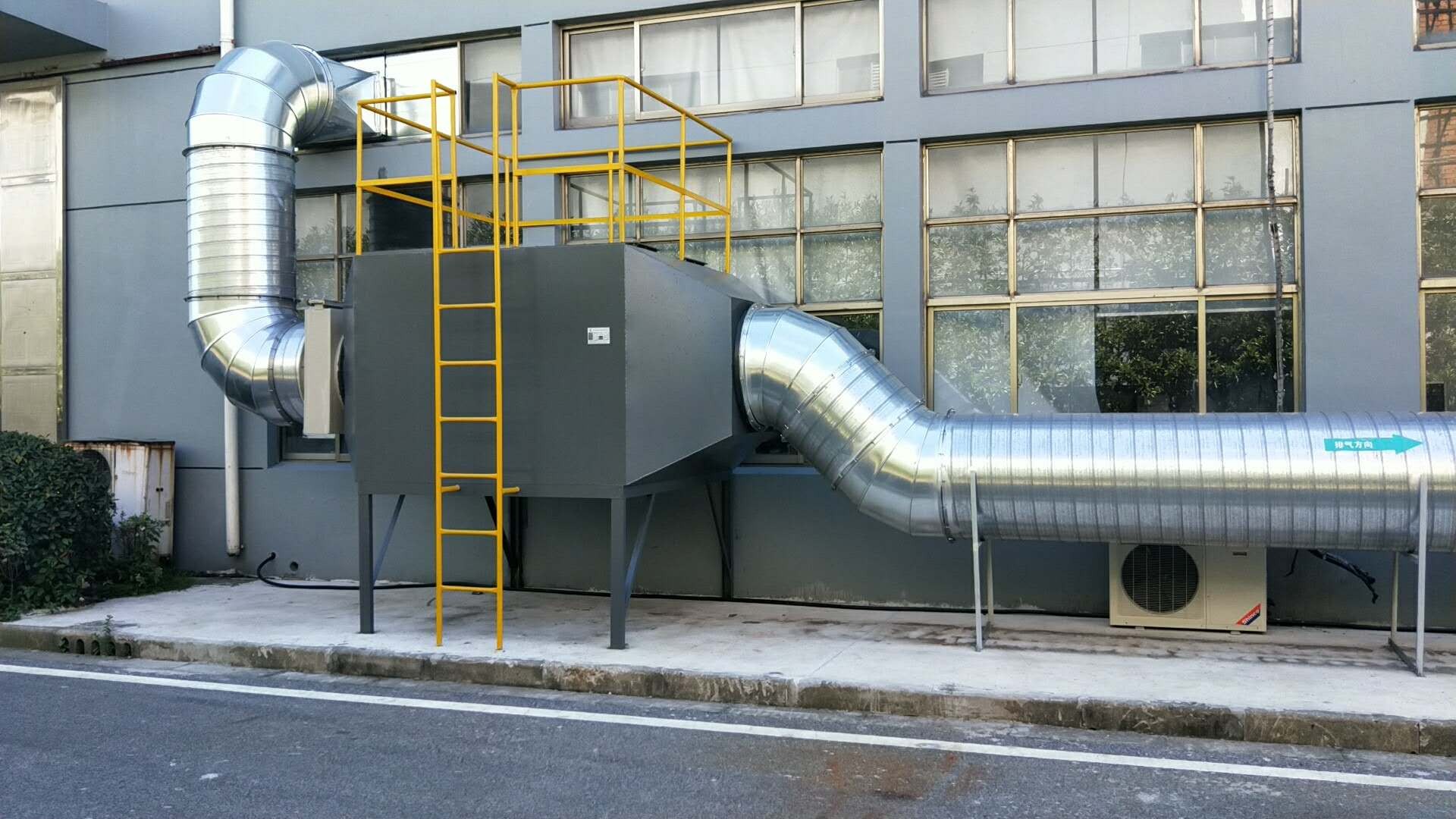As environmental regulations tighten and global awareness of air pollution increases, the treatment of exhaust gases from paint booths has become a pressing issue in the field of industrial air purification. Paint spraying processes, especially in automotive, furniture, and metal industries, emit high levels of volatile organic compounds (VOCs), which pose serious risks to both the environment and human health.
This article explores the most effective VOC treatment technologies for spray painting lines and presents forward-looking strategies that emphasize integration, intelligence, and sustainability.

1. Adsorption Technology
Adsorption is one of the most widely used methods for VOC removal. It typically employs materials like activated carbon to trap pollutants on a porous surface. The advantages of adsorption include:
-
High efficiency for low-concentration VOCs
-
Relatively simple equipment design
-
Flexibility in application
However, drawbacks include frequent replacement or regeneration of the adsorbent material and elevated operating costs over time.
2. Catalytic Combustion Technology
Catalytic oxidation uses catalysts to promote the breakdown of VOCs into harmless carbon dioxide and water vapor at lower temperatures than traditional thermal incineration. This method is known for:
High purification efficiency
Low secondary pollution
Compact system design
Despite these strengths, the system demands significant upfront investment and long-term durability of the catalyst materials, which are sensitive to poisoning by certain compounds.
3. Biological Filtration (Biofiltration)
Biofiltration leverages microorganisms in a biofilter medium to metabolize VOCs into benign substances. It is a green solution that offers:
Low energy consumption
Minimal secondary emissions
Long-term operation with proper conditions
This method, however, requires strict control of environmental factors such as temperature, humidity, and nutrient levels to maintain microbial activity.
4. Low-Temperature Plasma Technology
Low-temperature or non-thermal plasma (NTP) generates highly reactive ions and free radicals that rapidly oxidize VOCs in the gas stream. This advanced oxidation method features:
Fast reaction speed
High decomposition efficiency
No need for chemicals or biological agents
Nevertheless, NTP systems tend to consume significant electrical power and require specialized expertise for safe operation and maintenance.
Innovative Outlook: Integration, Intelligence, and Sustainability
While traditional VOC abatement technologies have proven effective in many scenarios, they also carry operational challenges and limitations. Therefore, the future of paint booth exhaust treatment lies in smart integration, intelligent control, and sustainable engineering.
Integrated VOC Treatment Systems
A hybrid or integrated approach combines multiple technologies to achieve complementary benefits. For instance:
A dual-stage system that combines adsorption and catalytic combustion allows the adsorbent to capture VOCs during peak production and then desorb them in a controlled stream directed into a catalytic oxidizer.
Such integrated solutions not only improve removal efficiency but also reduce the burden on each individual process, extending service life and optimizing energy use.
Intelligent Monitoring and Optimization
Smart exhaust treatment systems leverage IoT sensors, AI algorithms, and cloud platforms to monitor VOC concentrations, flow rates, and operational status in real time. These systems enable:
Predictive maintenance and automated fault detection
Real-time process optimization
Reduced energy and material consumption
This shift toward AI-driven emission control enhances compliance and reliability while reducing human error and response time.
Sustainable Design and Circular Resources
Sustainability in VOC treatment focuses on resource recovery and renewable energy. Examples include:
Regenerating activated carbon through thermal or steam processes
Using solar panels or wind energy to power exhaust systems
Designing systems with recyclable or biodegradable materials
By minimizing waste and maximizing reuse, businesses can achieve low-carbon production and fulfill their corporate environmental responsibilities.
Conclusion: Toward Greener Spray Booth Operations
The treatment of VOCs from paint booth exhausts is no longer just a compliance measure—it’s a strategic component of sustainable industrial development. Whether through adsorption, catalytic combustion, biofiltration, or plasma oxidation, the goal remains the same: to reduce harmful emissions and safeguard the environment.
The most promising solutions will come from a combination of technological innovation, intelligent systems, and a commitment to sustainability. As industries move toward carbon neutrality and circular economy models, advanced VOC treatment technologies will play a pivotal role in protecting both air quality and public health.
